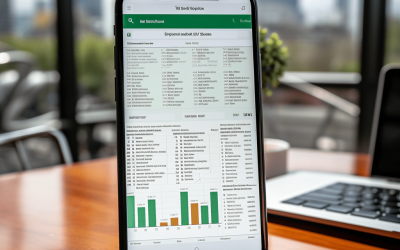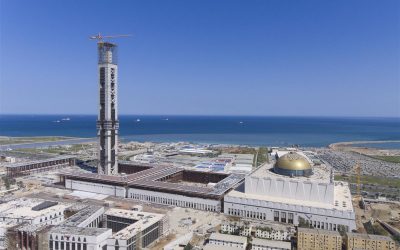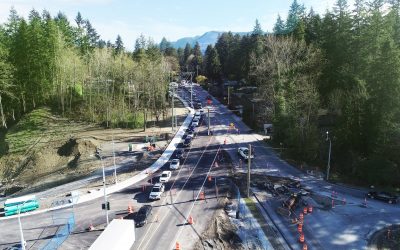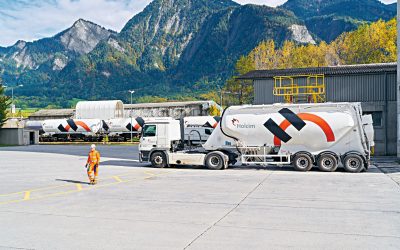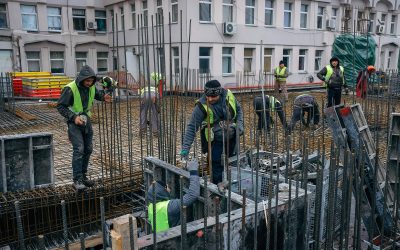Many businesses receive email customer queries and need to extract data in order to categorize and prioritise these queries. This can help streamline the process to increase efficiency.
Email parsers such as www.emails-to-sheets.com can be used to do this. The parser will immediately extract the relevant information from the emails that are forwarded.
Automated Process
Emails are a great source of information for your business. However, they can also be a burden. Inboxes can be cluttered with emails from customers, shipment tracking notifications, or sales leads. This can distract from important work. In the past, it was a manual process to sort and extract data from emails. Email extraction tools are available to automate the time-consuming task.

By using an automated email parser, you can eliminate the need to manually sort and categorize information. This tool can scan and extract key data such as contact information, order status or invoices from incoming emails. The data can be saved into a database or spreadsheet. The process can be customized to include rules or filters that prioritize and organize incoming emails based on specific criteria. It can be set up to process emails in batch, reducing the time it takes to extract text.
An email automation tool can automatically extract data from incoming emails and convert it into a file format such as TXT, JSON or CSV. It can also extract images, signatures and attachments, and utilize OCR to read text from documents attached to emails. The data can be downloaded and synchronized to your ERP, accounting software, or CRM in order to streamline processes and increase productivity.
Parseur, a third party email parsing tool, is another option. This cloud-based solution uses AI to make the process of extracting text from emails quicker and easier. It can also prioritize emails based on their nature, filtering them and ensuring that a customer service representative responds to them promptly.
You can also write a script to extract the text from an email. This requires advanced programming skills, but allows you tailor the process to meet your specific needs. It can be used to parse HTML emails, for example, by using regular expressions or a web scraping library such as BeautifulSoup-python. Once the code is written, it can be tested and refined to ensure that it is working properly.
Rule-Based Filtering
Email extraction is an important process that allows businesses retrieve important information. This data can be used to streamline workflows, boost productivity and get contact information from customers. It can also improve the management of data and enhance decision making.
In the past, extracting data from email was a manual process, which required human intervention and led to inconsistencies. This process can be made easier and more efficient with the help of automated software and tools. There are several ways to automate the process of extracting data from emails, including using rules and filters. These can be created manually or automatically. The benefit of this method is that it can be customized to fit the needs of specific business processes.
The first step in the process of extracting data from emails is to identify what types of emails you need to parse. Create a filter on your email client and select only the emails that you want to process. Once the emails are selected, the next thing to do is create a filter that will extract the data from the selected emails. The data can be exported to other systems or sent. If you receive many invoices by email, for example, you can set up a rule to extract the details and enter them into your accounting software.
Excel is another way to manually extract the data from emails. This can be a tedious and error-prone task, especially if you have a large number of emails. To avoid errors, you should ensure that your spreadsheet program is regularly updated.
Alternatively, you can use an online automation tool such as Power Automate to create an automatic process for extracting text from emails. This tool provides a user-friendly interface that makes it easy for individuals with no coding experience to create automated workflows. To begin, create a flow which triggers when a new message is received. Then set up an action to receive and filter the message. Then add a parse JSON action to extract the required text from the email. Add a file action to save extracted text to a specific location.
Manual Process
Emails are an essential part of most businesses. Whether it is customer queries, software companies selling their B2B or SaaS services or any other type of notification, emails are sent out constantly. These emails can pile up in an inbox and sometimes contain important information that is overlooked. To ensure that important information is not missed, it is crucial to process email data and extract relevant data. However, manual processing of emails can be time-consuming and error-prone. Email parsing tools can automate this task, ensuring that important information is extracted and processed.
A great way to streamline business processes is by using an email parser. These email processors are able to take in incoming messages and extract data using keywords. These data can be saved to a spreadsheet or database. This saves time and effort, while also providing accurate and consistent data.
An example of how to use an email parser is to send invoices. The email parser will search for specific details in an invoice, such as invoice date and order numbers. The email will be automatically saved to a sheet with the invoice date and number attached. This is an easy and efficient way to keep track of all incoming invoices.
A parser for emails can also be used in order to respond to queries from customers. These queries are often sent via email, and they need to be prioritized quickly. The email parser scans the incoming query to extract key information like the customer’s contact information, interest area, and name. This information can then be automatically transferred into the company’s CRM or ticketing system, allowing the sales team to follow up with the potential lead.
A good email parser will be able to handle different data formats, ensuring the correct information is returned. The tool, for instance, should be able not only to extract data out of HTML, DOCX or PDF files, but also from a JSON reply. The software should be able to convert the data into different formats in order to make it easier to integrate and use.
Programming Script
Email data extraction can be a valuable process that saves businesses time and money by streamlining processes and eliminating human errors. It can also help analyze trends and gain insight into consumer behavior. Email extraction can be performed manually or automated using tools and software programs. Manually, you open each email and copy the desired information. Then, you paste it into a spreadsheet. This method can be time-consuming and error-prone, and it is not scalable to large volumes of emails.
Use an email parser to identify and extract specific data from incoming emails. This tool can be configured to recognize specific words and patterns in a given email, allowing you to automatically pipe structured data into the correct location. Email parsing software is available from third-party vendors and can be tailored to your specific needs.
A company that receives lots of inquiries from customers can use a parser for email to send the contact information automatically into a CRM database. This allows sales representatives to focus on closing more deals rather than on transferring the information from one app to another.
Creating an automated workflow that extracts text from a email using Power Automate is easy. Start by creating a flow with the compose as your trigger. Add a parse JSON to the workflow. Create a file action to save the extracted texts in a specific location and folder. Finalize the flow by testing it with different types emails and making any necessary adjustments.

